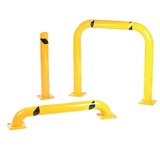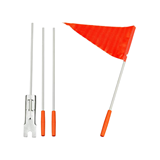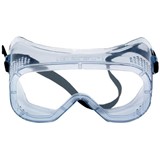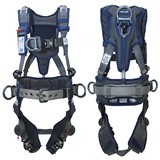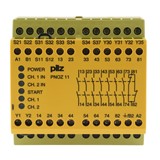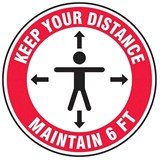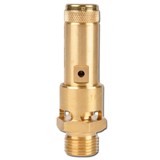This is the opinion of Bryan Burrows, the national manager of the established Workforce Safety Products company, which has been in the industry for twelve years.
Burrows has worked for more than 10 years in the safety industry in Australia, his present role in safety glove and apparel importing. He expressed concerns around what he perceives as continuing use of unsuitable fabrics in imports, as well as local PPE safety apparel.
According to Burrows, imported PPE safety clothing can arrive out of line with Australian standards, unless importers specify products complying with our rules.
He paid tribute to a revised Australian Standard on low voltage work, which is now at drafting stage.
Working on the Standards Australia drafting committee for low voltage areas, Electrical Trades Union assistant national secretary, John Ingram, said safety precautions in contemporary safety guidelines – up for revision at present – include tighter recommended PPE garment guidelines.
Ingram said that many companies, including increasing numbers of sub-contract and labour hire employers of electricians, may not be familiar with electrical knowledge. The newly designed draft Standard encourages increased safety methods for working in low voltage areas.
One respected industry insider said the draft provides improvement in safety of electrical work with a greater focus on risk assessment and risk control methods, encouraging employees to stop and take the time to consider the risks that accompany the task.
A large supplier of safety garments, including specially treated fire-retardant garments, said their garments may go to re-sellers, with his firm not aware of their end use.
The draft standard discusses fabrics for clothes such as coats and overalls. PPE clothing for voltage work can range from safety footwear, jackets, vests and coats, gloves and eyeware to safety helmets and harnesses.
Burrows said he sees an increasing industry challenge around specifying fire retardant fabrics to manufacturers and suppliers of garments for use in sensitive areas, and a possible lack of knowledge of the requirements of fit-for-purpose clothing.
"Nor do some employees specify their category of work as sensitive, when they request work apparel be provided for their workplace, from apparel providers," Burrows added.
Ingram said that in designing the revised Australian Standard for work in low voltage areas, much discussion arises on the correct uses of fabrics for work clothes and appropriate PPE apparel.
"From an employee standpoint, the revised low voltage Australian Standard is designed to help people to do a safe job, so as not to endanger themselves," Ingram explained.
"In terms of personal protective equipment clothing, this newly drafted Standard is designed to bring things into line."
Methods outlined aim at influencing uniform training in each state, specifically for working on or near installations and equipment.
According to Ingram, present guidelines vary because state regulators can design their own codes of practice, with problems arising which can lead to dangerous work practices from a sometimes out-of- date Standard.
The draft Australian Standard uses language that updates guides for people on how to work safely in all states and territories, and electricians work almost everywhere, whether it is mining, small factory manufacturing or engineering and wherever there is electricity used, Ingram concluded.




